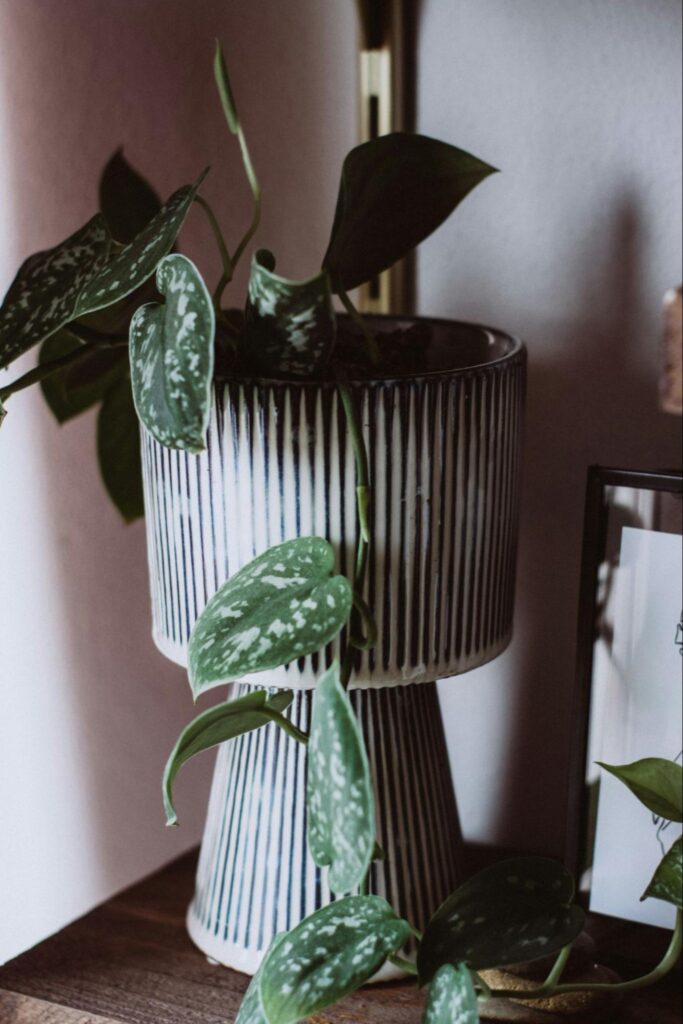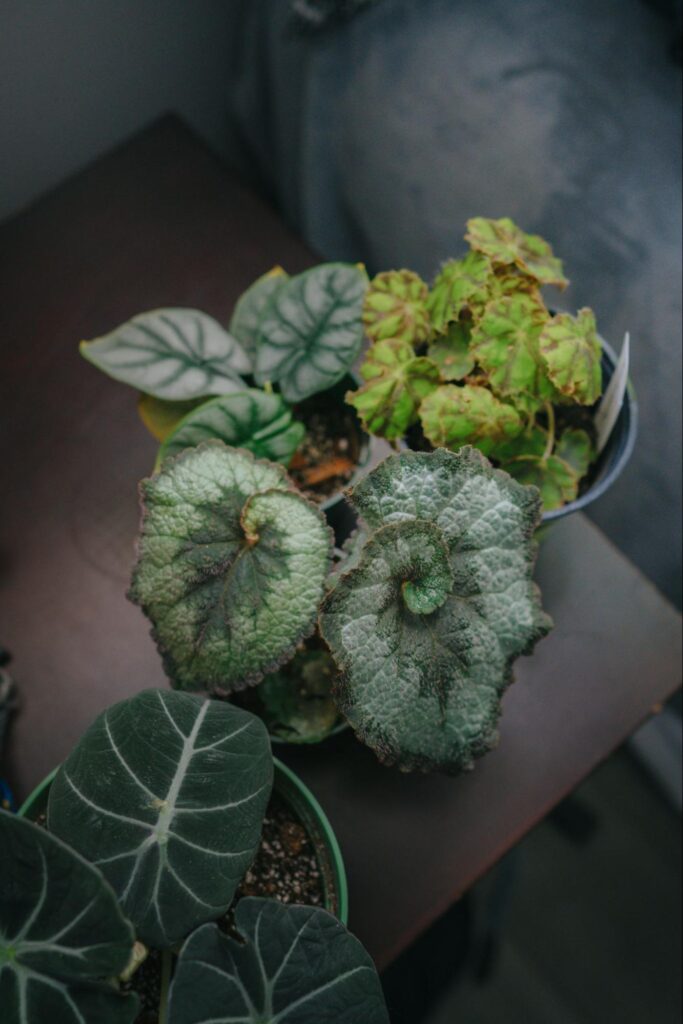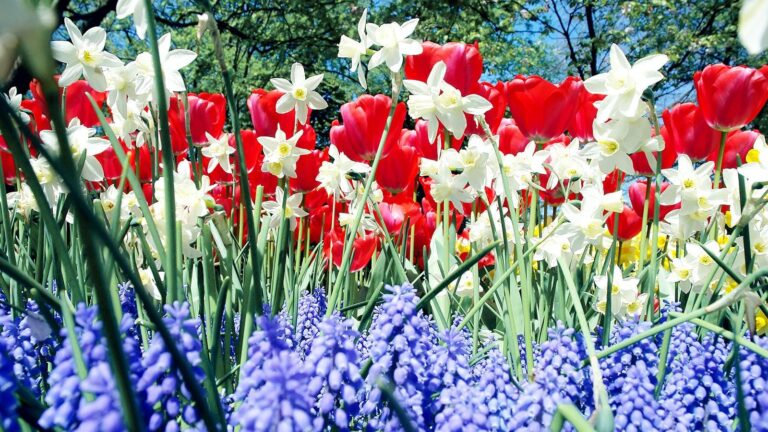Moonlight Effects on Plants

Moonlight Effects on Plants
The winter season can become one of the most challenging seasons for plants, outside of brutal hot summers. During this season, plants go without the same amount of light that they receive in the warmer months. And daylight savings does not occur until March 9th of this year, which may result in your plants having to rely on other sources for light. One of these sources is moonlight. It may not be as obviously bright on most nights and may not be factored in when thinking of a light source for your plant family, but the moon has long been seen as a very important part of a plant’s life cycle. From sow time to harvest time, farmers and gardeners have always considered the phases of the moon to determine the best time to begin planting.
Plants rely on alternate light sources during the dark Winter months which include the light of the moon
There are myths and facts backing up the moon’s importance on the growth and health of plants from the root to the leaf. At different moon phases, the gravitational pull of the sun and moon are combined to create a high sap run in plants. This is an optimum time to plant above ground crops like leafy greens. While the practice of moon planting is not heavily researched, there have been findings to show that the moon’s gravitational pull and effects on the ocean correlate to the same force that affects the moisture content in soil and the sap within plants. If the gravitational pull influences the movement of the soil, it could also impact how well plants absorb water nutrients. This knowledge has laid the foundation for lunar gardening practices.
The moon’s pull on the ocean is also present in the flow of moisture in soil and the flow of sap in plants

The Four Phases
The moon has four phases or quarters. With each one lasting for about seven days. In the first two quarters, the new “dark” moon goes from being dark and then a bit more visible as it approaches the second quarter. We go from the new moon to the waxing phase where there is a steady increase of light until the full moon is visible. The third and fourth quarters are after the full moon. This is when the light begins to wane, decrease. This waning moon cycle ends when the new moon appears again.
The amount of moon light each night increases during the first 2 phases and decreases during the last 2 phases
As the new moon increases during the first two phases, this helps to stimulate leaf growth. After the full moon, the moonlight decreases. This puts energy into the plant roots. At this time the above leaf growth slows down. So this becomes a good time to plant your root crops and bulbs because of the active root growth.
The first 2 phases of the moon help stimulate leaf growth and the last 2 phases support the growth of roots

A Quick Reference for Outdoor Gardeners
 The New Moon : Seed Planting Planting seeds during the new moon helps with the germination of the seed. Water absorbs much more easily during this time. Leafy vegetables such as spinach and lettuce are some of the best things to plant. |  The Waxing Moon: Growth Potential As the new moon begins its transition to full moon, it’s a great opportunity to plant above ground plants like beans and tomatoes. This period encourages both root and leaf growth. It makes it a perfect time for transplanting and nurturing young plants. |
 The Full Moon: The Peak The full moon is when soil moisture peaks, creating an ideal environment for root crops such as potatoes and carrots. This is another good time to transplant and fertilize plants accordingly. |
 Waning Moon: Maintenance This is the best time to focus on pruning , weeding and general plant maintenance. With less gravitational pull, the sap flow in the plants is reduced, making it an excellent time to prune without causing stress. |  Waning Crescent: Preparation In this last quarter of the moons cycle, rest and prepare your garden for the next plant cycle. This is the perfect time for things like pest control and soil enrichment to ensure your garden is ready to go for the next new moon. |
Moonlight and Indoor Plants

There is something really special about a full moon that resonates with many people. You may leave your windows open at night to let the moon’s light come in and shine across your plants. The moon’s light may be bright, but it is not bright enough to cause photosynthesis. It also can not be used as a substitute for the sun or a grow lamp. Although the moonlight does not affect photosynthesis, it does affect your indoor plants overall health. According to studies done by Dr. Isabella Guerrini, the moon rays affect the plant’s bioelectric activity, rather than being a force of photosynthetic energy.
Moonlight doesn’t have a photosynthetic effect on plants but it does affect their bioelectric activity
Dr. Guerrini’s observations have confirmed that moisture content is very closely tied to lunar cycles. Water weight in a botanical sample can vary up to 10% between the days just before a full moon and the week before the new moon. This can have dire consequences on sappy indoor plants that are pruned or transplanted during these phases.
Because fluid flows more during a full moon, a sappy plant that is pruned during that time can suffer. Leaking sap exposes the plant to disease and pest incursion. There’s also a possibility that sap cut from its primary outlet will engorge smaller channels leading to the death of future buds. This phenomenon is noted as “lunar burn” because it happens much more during the full moon. Vines and other ground cover plants might actually benefit from being pruned during a full moon. The strong sap flow will stimulate the development of side shoots and encourage fuller, branching growth.

Pruning or transplanting plants during a full moon can be risky as the plant’s may lose more sap than during this time
The End of the First Month
We are nearing the end of the first month of the year. As we prepare for a new moon on Wednesday January 29th, many gardeners are spending this time deciding for what to plant next. What can they bring into fruition? Whether you choose a lunar garden or not, there are tremendous benefits to creating a garden system or a rhythm of your own. You may choose to sow and harvest on a different cycle, but the key is always consistency and planning. For help with your garden and plant needs feel free to reach out to info@houseplantsitter.com. We will be happy to aid you and your plants!
Need some help caring for your plants this winter?
Contact HousePlantSitter to get assistance from our plant experts



